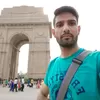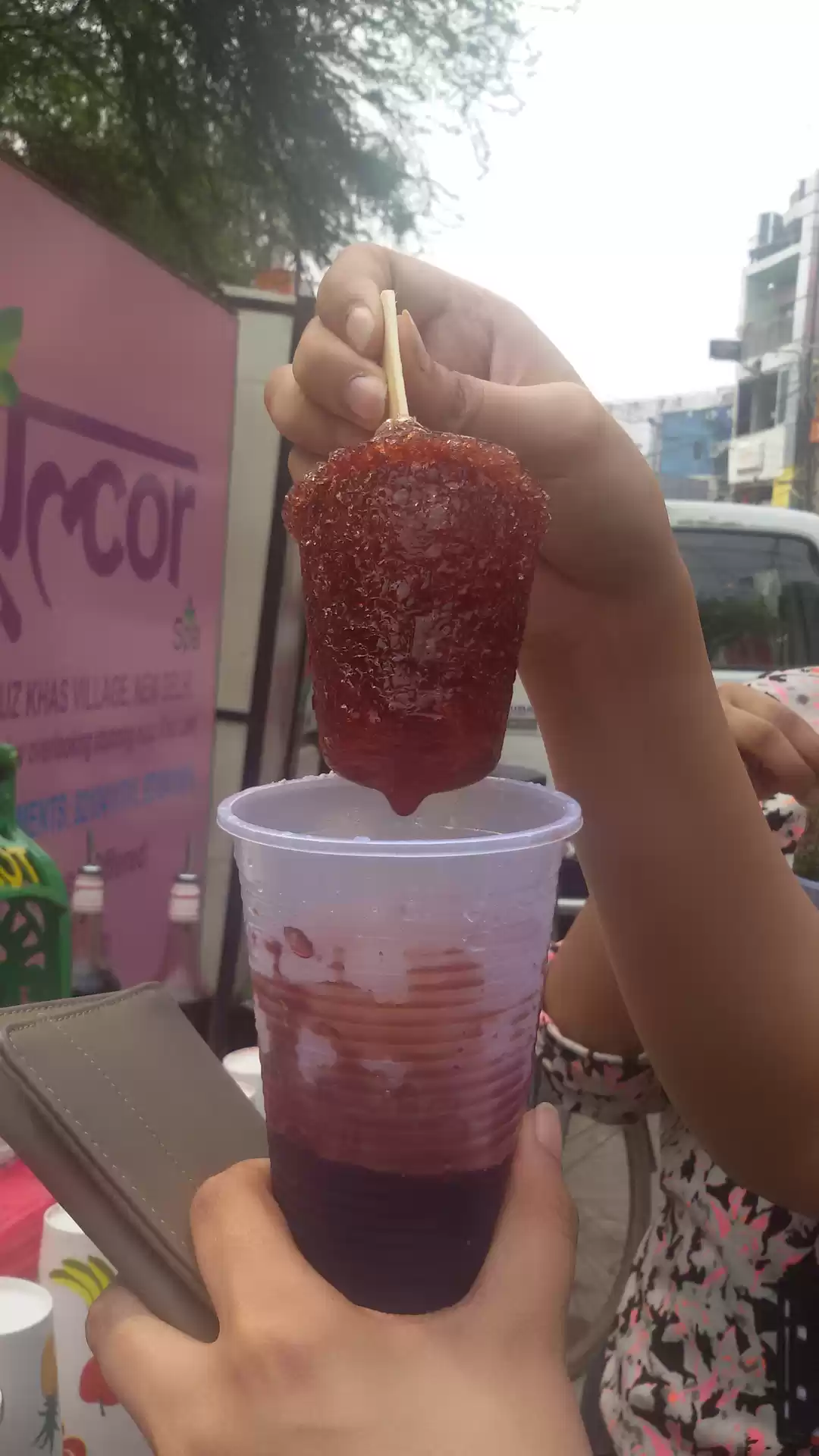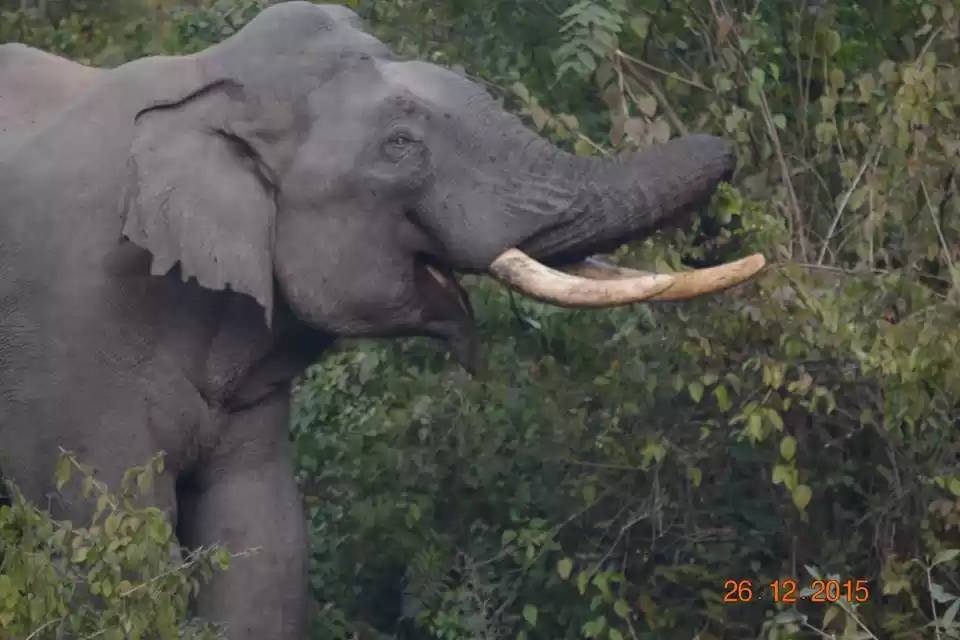India is a country with a long and glorious history, spanning thousands of years and encompassing diverse civilizations, cultures, religions, languages, and arts. If you want to experience the richness and diversity of India’s cultural heritage, there is no better place to visit than the National Museum in New Delhi.
The National Museum is one of the largest and oldest museums in India, established in 1949. It houses over 200,000 artefacts and artworks, ranging from prehistoric times to the present day. The museum covers various aspects and domains of Indian culture, such as archaeology, anthropology, decorative arts, manuscripts, paintings, textiles, coins, arms and armour, jewellery, etc.
Highlights of the National Museum of India
The museum is divided into several galleries, each dedicated to a specific theme or category. Some of the most popular and impressive galleries are:

The Harappan Civilization Gallery
This gallery displays the relics and remains of the Harappan Civilization, also known as the Indus Valley Civilization, which flourished in the northwest of India from 2500 BCE to 1500 BCE. The gallery showcases some of the remarkable achievements and inventions of this ancient civilization, such as urban planning, drainage system, writing system, pottery, seals, weights and measures, etc.
The Buddhist Art Gallery
This gallery exhibits the sculptures, paintings, and other objects related to Buddhism, one of the major religions of India. The gallery showcases the evolution and spread of Buddhism across India and beyond, as well as the artistic expressions and styles of various Buddhist schools and sects. The gallery also features some of the most exquisite and iconic artworks of Indian art history, such as the Gandhara sculptures, the Ajanta paintings, and the Sarnath Buddha.
The Coin Gallery
This gallery displays the coins that were minted and circulated in India from the 6th century BCE to the 20th century CE. The gallery reveals the history and economy of India through the coins that were issued by various rulers and dynasties, such as the Mauryas, the Kushanas, the Guptas, the Mughals, the British, etc. The gallery also showcases some of the rarest and most valuable coins of Indian numismatics, such as the silver punch-marked coins, the gold dinars, the Indo-Greek drachmas, etc.
The Miniature Painting Gallery
This gallery exhibits the miniature paintings that were produced in India from the 11th century CE to the 19th century CE. The gallery showcases the diversity and beauty of Indian painting traditions, such as the Rajasthani, the Mughal, the Pahari, the Deccani, etc. The gallery also features some of the finest and most famous paintings of Indian art history, such as the Ragamala series, the Baburnama illustrations, the Bani Thani portrait, etc.
Visitor Information for the National Museum of India
The National Museum also offers various facilities and services for its visitors, such as an auditorium, a library, a cafeteria, a souvenir shop, etc. You can also avail of the audio guide service that provides commentary and information on various exhibits and themes of the museum.
The National Museum is open from Tuesday to Sunday, from 10 am to 6 pm. The entry fee is Rs. 20 for Indians and Rs. 650 for foreigners. The museum is located on Janpath Road, near Rajpath and India Gate. You can reach the museum by metro (Central Secretariat station), bus (National Museum stop), or taxi.
Also check out: List Of All The Museums In Delhi: From Art Lovers To The Bizarre Ones!
How to Reach
There are different ways to reach the National Museum from Delhi Airport, depending on your preference, budget, and time. Here are some of the possible options:
By metro:
You can take the Airport Express Line from the airport to New Delhi station, which takes about 20 minutes and costs Rs. 60. From there, you can change to the Yellow Line and go to Central Secretariat station, which takes about 10 minutes and costs Rs. 20. The National Museum is about 1 km away from the station, and you can walk or take an auto rickshaw to reach it.
By bus:
You can take the DTC bus number 505 from the airport to National Museum stop, which takes about an hour and costs Rs. 25. The bus runs every 15 minutes from 6 am to 10 pm. The National Museum is right next to the bus stop.
By taxi:
You can hire a prepaid or metered taxi from the airport to the National Museum, which takes about 30 minutes and costs around Rs. 400. You can also use online cab services like Ola or Uber, which may offer cheaper rates depending on the time and demand.
Other Attractions Near National Museum
There are many other tourist attractions near the National Museum that you can visit and enjoy. Some of them are:

India Gate:
This is a majestic monument that commemorates the soldiers who died in World War I and the Afghan Wars. It is also a popular spot for picnics, boating, and evening walks. It is about 2 km away from the National Museum.

Lotus Temple:
This is a stunning temple that is shaped like a lotus flower and belongs to the Baháʼí Faith. It is a symbol of peace, harmony, and unity among all religions. It is open to people of all faiths and backgrounds. It is about 10 km away from the National Museum.

Gandhi Smriti:
This is a museum and memorial that marks the spot where Mahatma Gandhi, the father of the nation, was assassinated on January 30, 1948. It displays his personal belongings, photographs, paintings, and sculptures related to his life and work. It is about 3 km away from the National Museum.
Why You Should Visit the National Museum of India
The National Museum is a must-visit destination for anyone who wants to discover and appreciate the rich and diverse cultural heritage of India. It is a place where you can learn and enjoy at the same time. You can witness the amazing artefacts and artworks that represent the history, art, religion, science, and society of India.
You may also like to check out: A List of Five Unique Museums in Delhi that You Must Include in Your Bucket List
You can also experience the diversity and beauty of Indian culture, which has been influenced by various civilizations and cultures over time. So don’t miss this opportunity and plan your visit today!
































